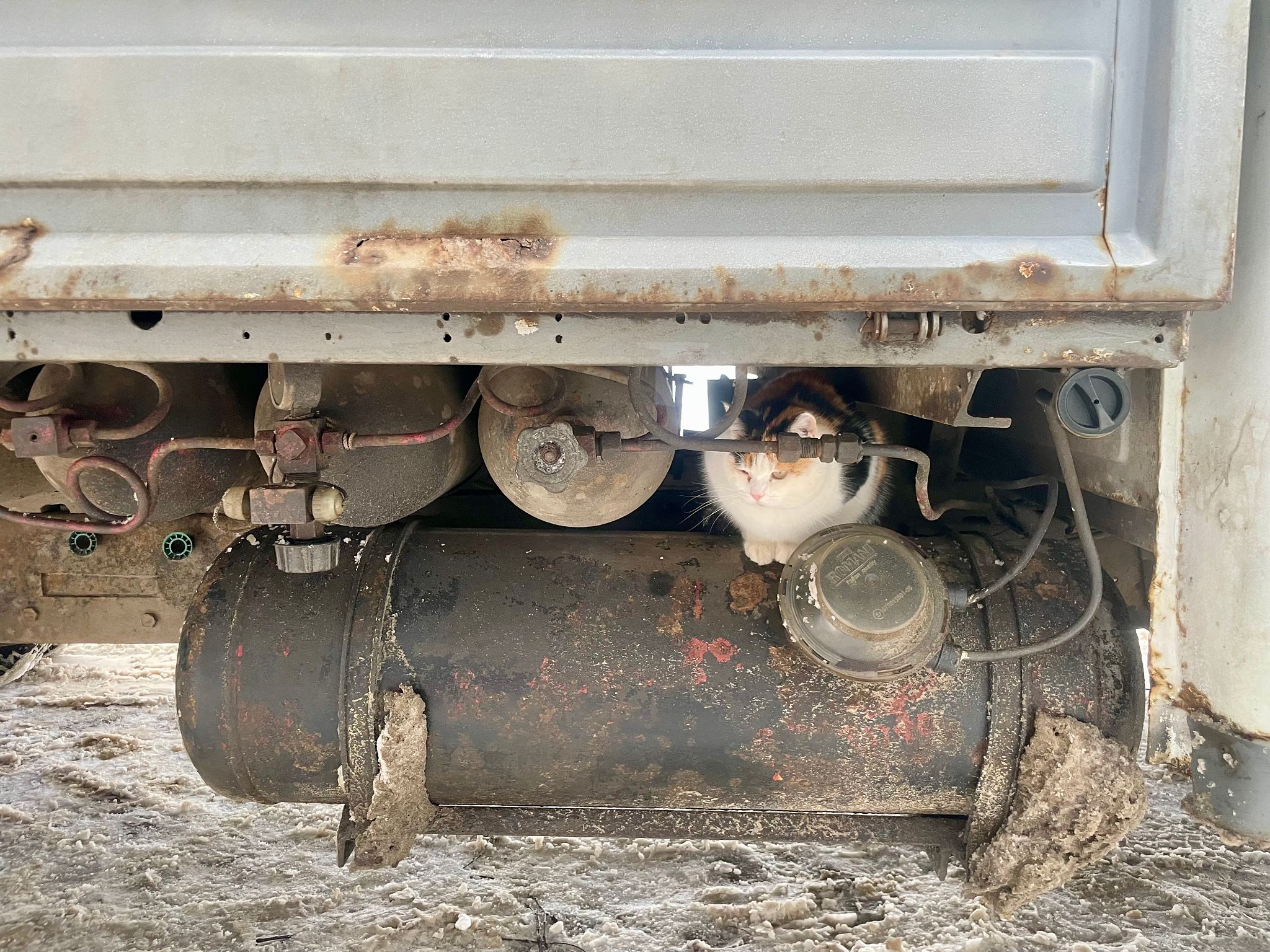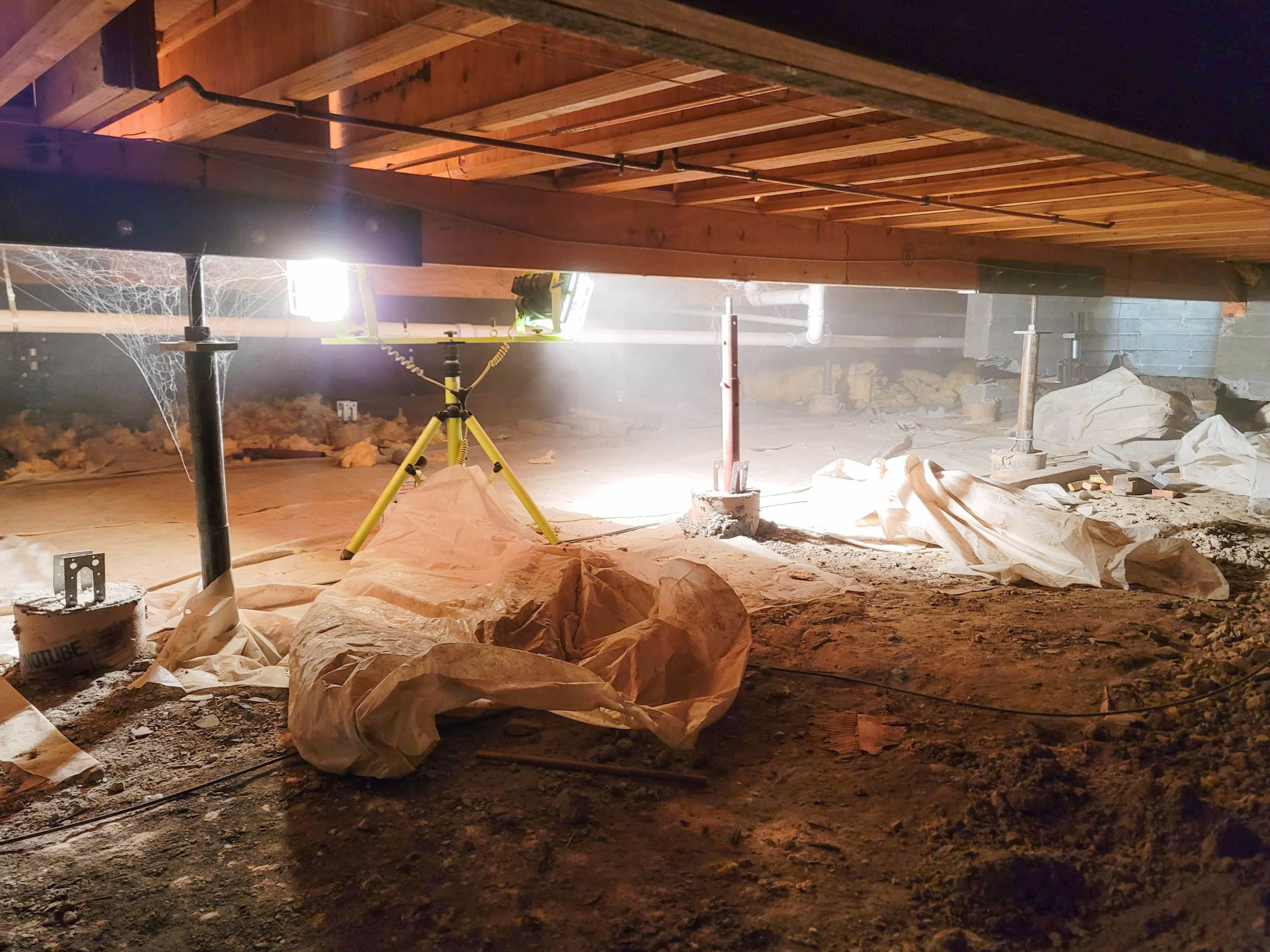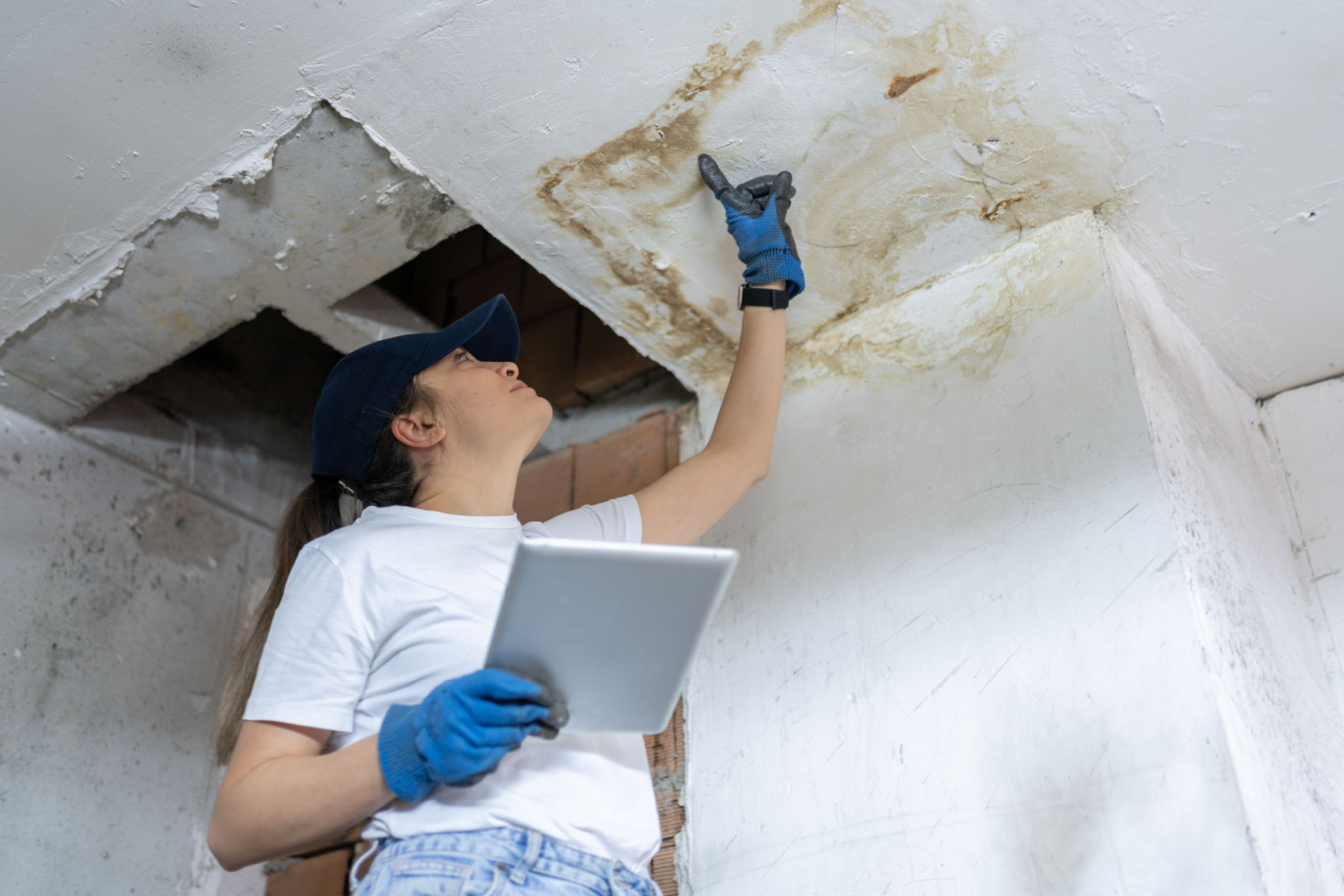How Winter Affects Crawlspace Moisture Control in Peoria
Understanding Crawlspace Moisture Control in Winter
As the winter season approaches, homeowners in Peoria face unique challenges when it comes to crawlspace moisture control. The cold weather can significantly impact moisture levels, leading to potential structural issues and health concerns. Understanding how winter affects your crawlspace and implementing effective moisture control measures is crucial to maintaining a healthy home environment.

The Impact of Cold Weather on Crawlspaces
During winter, the ground temperature drops significantly, causing the air in your crawlspace to cool down. This cold air can lead to increased condensation, as moisture from warmer indoor air comes into contact with cooler surfaces within the crawlspace. Over time, this can contribute to mold growth and wood rot, compromising the integrity of your home's structure.
Moreover, snow and ice accumulation around your home's foundation can exacerbate moisture issues. As snow melts, water can seep into the crawlspace, further increasing humidity levels. It's essential to monitor these conditions and take preventive measures to protect your home.
Effective Moisture Control Strategies
To mitigate moisture problems during winter, consider implementing the following strategies:
- Seal Cracks and Gaps: Inspect your crawlspace for any cracks or gaps in the foundation or walls. Sealing these can prevent cold air and moisture from entering.
- Install a Vapor Barrier: A high-quality vapor barrier can help reduce ground moisture evaporation into the crawlspace, maintaining lower humidity levels.
- Ensure Proper Drainage: Make sure that water is directed away from your home's foundation through proper grading and drainage systems.

The Role of Insulation and Ventilation
Proper insulation and ventilation are critical components of crawlspace moisture control. Insulating the walls and floors of your crawlspace helps maintain a consistent temperature, reducing the risk of condensation. Consider using insulated vent covers during winter to keep cold air out while still allowing some airflow when needed.
Additionally, installing a dehumidifier can be an effective way to manage humidity levels in your crawlspace. This device helps remove excess moisture from the air, preventing mold growth and maintaining a healthy environment.
Regular Monitoring and Maintenance
Regular inspections and maintenance are essential for effective crawlspace moisture control. Check for signs of water damage, mold, or pests on a routine basis, especially during the winter months. Addressing issues promptly can prevent more significant problems down the line.

Engaging with a professional crawlspace inspector may be beneficial for those who want a thorough assessment of their space. These experts can provide tailored solutions and ensure that your home's foundation remains protected against winter's challenges.
Conclusion
Winter poses unique challenges for crawlspace moisture control in Peoria. By understanding how cold weather affects your home and taking proactive steps to manage moisture levels, you can protect your property from potential damage. Implementing effective strategies such as sealing cracks, installing vapor barriers, and ensuring proper insulation will help maintain a healthy living environment throughout the colder months.
